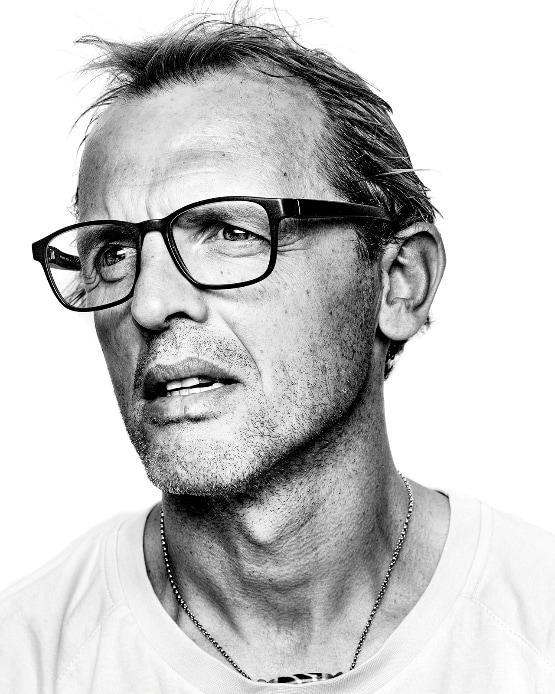Simone Moro
2025-11-04

ITALY
If there’s a place on Earth where humans aren’t meant to survive, it’s the Himalaya in winter. As Alpinist magazine says: “Temperatures at base camp can plummet to minus 20 degrees Fahrenheit, and much lower farther up. Because of the cold, climbing at night is virtually impossible, and the days are short. The winds are much stronger and more persistent because of the jet stream, which blows almost constantly from December through the end of March. Tents are constantly being destroyed or blown away. The wind also strips away the snow, exposing rock and hard ice, making easier slopes more technical and time-consuming. Lower barometric pressure leads to less oxygen in the air. The combination of these factors makes for an exhausting, and generally miserable experience.”
Only three decades ago, winter high altitude climbing was thought impossible. Polish mountaineers, or the “ice warriors” pioneered the genre. It wasn't until 2005, when Italian alpinist Simone Moro stood atop Shishapangma, that a non-Pole reached the summit of an 8000-meter peak in winter (and he did it with a Polish partner). The climb ended a 17-year gap during which no one had summited an 8,000-meter peak in winter. Even today, fewer than 30 people have stood on the summit of an 8,000-meter peak in winter. A veteran of 15 winter expeditions, Simone is the only alpinist to have completed four 8,000m ascents in winter, the other three being Makalu in 2009, Gasherbrum II in 2011 (for which he received a Golden Piton award) and Nanga Parbat in 2016. He has also summited Everest four times, including the first solo south-north traverse in 2006. In total he has completed more than 50 expeditions, climbing peaks in the Himalayas, Karakorum, Tien Shan, Pamir, Andes, Patagonia and Antarctica.
Growing up in Bergamo, Italy, the same town as mountaineering legend Walter Bonatti, Moro preferred exploration to making friends. Simone began climbing with his father in the nearby Bergamasque Alps and the Dolomites at the age of 13. By age 20, he was a member of the Italian sport climbing team and in 1992, he was invited on a scientific expedition to Everest. He failed to summit, but his love for the Himalaya was set for life. To avoid the commercialization of the 8,000-meter peaks, he focused on winter mountaineering. He credits his success to patience, pioneer spirit, perseverance, commitment, and an ability to suffer.
Simone is also a high-altitude helicopter pilot. As the first European helicopter pilot qualified to fly in Nepal, he has completed numerous rescues, including a long-line rescue at 7,800 meters on Everest in 2013 and an operation on Lhotse that earned him the Pierre de Coubertin International Fair Play Trophy, the Italian Gold Medal for Civic Value and the David A. Sowles Memorial Award from the American Alpine Club. Simone is also an author, public speaker, coach and philanthropist.
Accomplishments
- The only alpinist to have reached four 8000m peaks completely in the winter season, after his ascents of Shisha Pangma in 2005, Makalu in 2009, Gasherbrum II in 2011 and Nanga Parbat in 2016.
- His winter ascents of Makalu and Gasherbrum II earned him two nominations for the Piolet D’Or Asia in 2009 and 2011.
- He has summited Everest four times, in 2000, 2002, 2006 and 2010. His 2006 expedition marked the first south-north traverse of Everest.
- In 2013 he was involved in the highest ever helicopter mountain rescue of an injured climber, at 7800m on Everest.
- In 2008 he made the first ever alpine ascent of Beka Brakai Chhok in Pakistan (with Hervé Barmasse).
- In 2004 he completed the first ascent of the North Face of Khali Himal, also known as Baruntse North in Nepal.
- He has twice received the Premio Paolo Consiglio (the mountaineering award of the Italian Alpine Club) in 2005 and 2009, as well as the Premio Dalla Longa in 2008 and 2009.